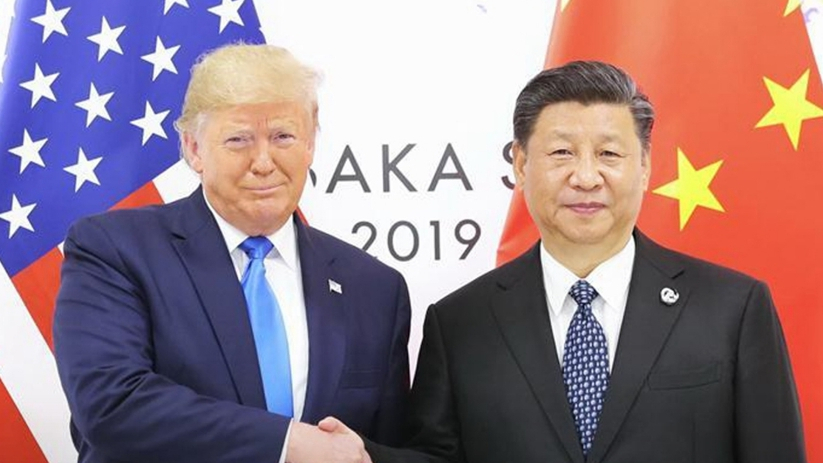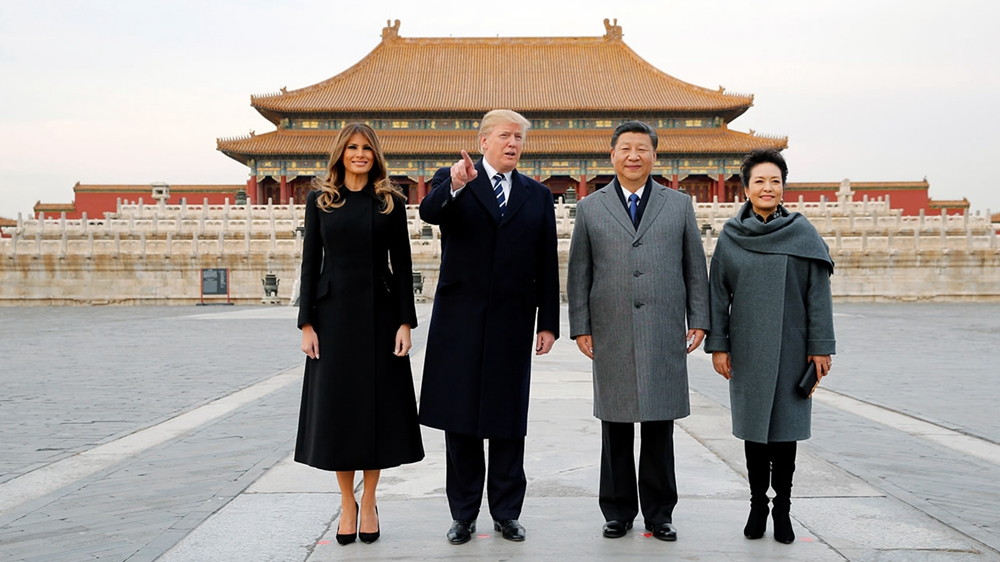05:09

At the sun-soaked Rancho Mirage in the California desert in June 2013, Chinese President Xi Jinping was welcomed by his U.S. counterpart Barack Obama. Away from the political jungle of Washington DC, the leaders of the world's two largest economies decided to get away from it all for their first big meeting.
The meeting earned the nickname shirt sleeve diplomacy. U.S. President Barack Obama said at that meeting that "President Xi is no stranger to the United States. And in his trip last year, he had the chance to come to California, including, I understand, going to a Lakers game which I am very jealous of."
At the time, China was rapidly growing as one of the world's major economies. And, high-level officials from both sides were aware of the need to develop a new type of China-U.S. relationship in order to solve conflict between the two powers. "Both sides should proceed from the fundamental interests of our peoples and bear in mind human development and progress. We need to think creatively and act energetically so that working together we can build a new model of major-country relationship," noted Chinese President Xi Jinping.
Xi said he believes this new model should be based on the principles of "non-conflict and non-confrontation, mutual respect and win-win cooperation."
"If you look at history, conflict between two superpowers seems inevitable. But China does not believe in that fate. And we are confident we can break that tendency through our joint efforts with the U.S.," says Chinese Foreign Minister Wang Yi.

President Xi Jinping welcomes U.S. President Donald Trump's state visit to China, Beijing, November 2017. /Xinhua Photo
President Xi Jinping welcomes U.S. President Donald Trump's state visit to China, Beijing, November 2017. /Xinhua Photo
In 2017, the U.S. entered the "Trump era" after Donald Trump took office and became the 45th president of the country. But China's stance on bilateral ties remains unchanged. In his keynote speech at the G20 summit in Hamburg, Germany in July 2017, Chinese President Xi Jinping reiterated, "We would like to work with the U.S. and steadily stay in the right direction to develop China-U.S. relationship. We should respect each other mutually, benefit each other mutually, and explore the areas of cooperation."
On November 8, 2017, U.S. President Trump began his first state visit to China and visited the Forbidden City in Beijing. Chinese President Xi Jinping, serving as his personal guide, introduced Chinese history to Trump. Both leaders were seeking to inject new impetus into the development of bilateral ties. Instead, the two countries entered a year-long trade war after the Trump administration unilaterally imposed tariffs on Chinese imports. Even so, communications continued. During their latest meeting at the G20 summit in Osaka this June, Xi and Trump agreed to a ceasefire in the trade war and said trade talks would resume.
Current Affairs Commentator Victor Gao noted, "We do hope to develop more people-to-people exchanges with the United States. We would like to send more students to study in the U.S. We also hope that American enterprises will invest in China and Chinese companies could have more opportunities to invest in the U.S."
According to a Chinese saying, "Cooperation benefits both sides and confrontation harms both," which can be seen as the attitude in China's model of major-country relations with the U.S.